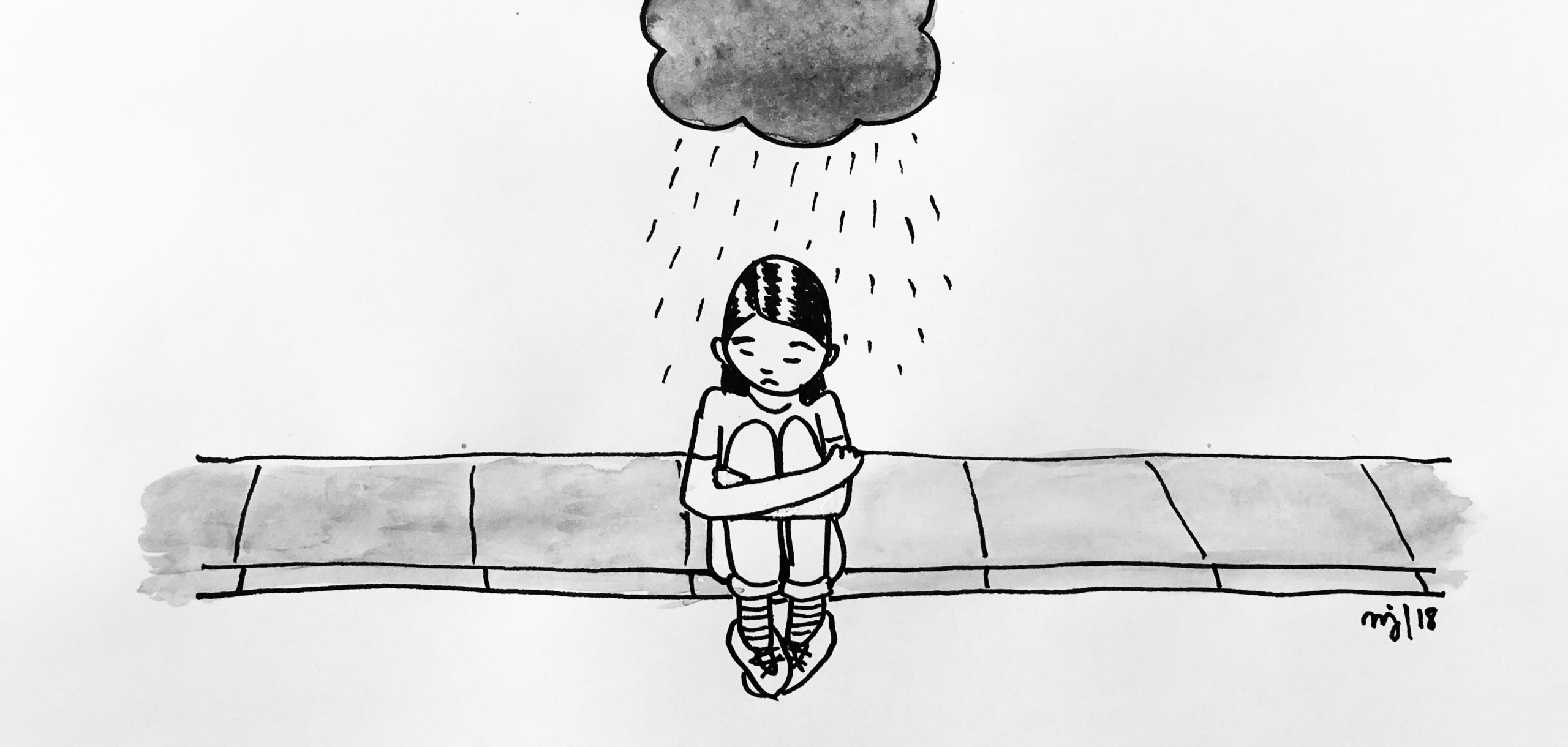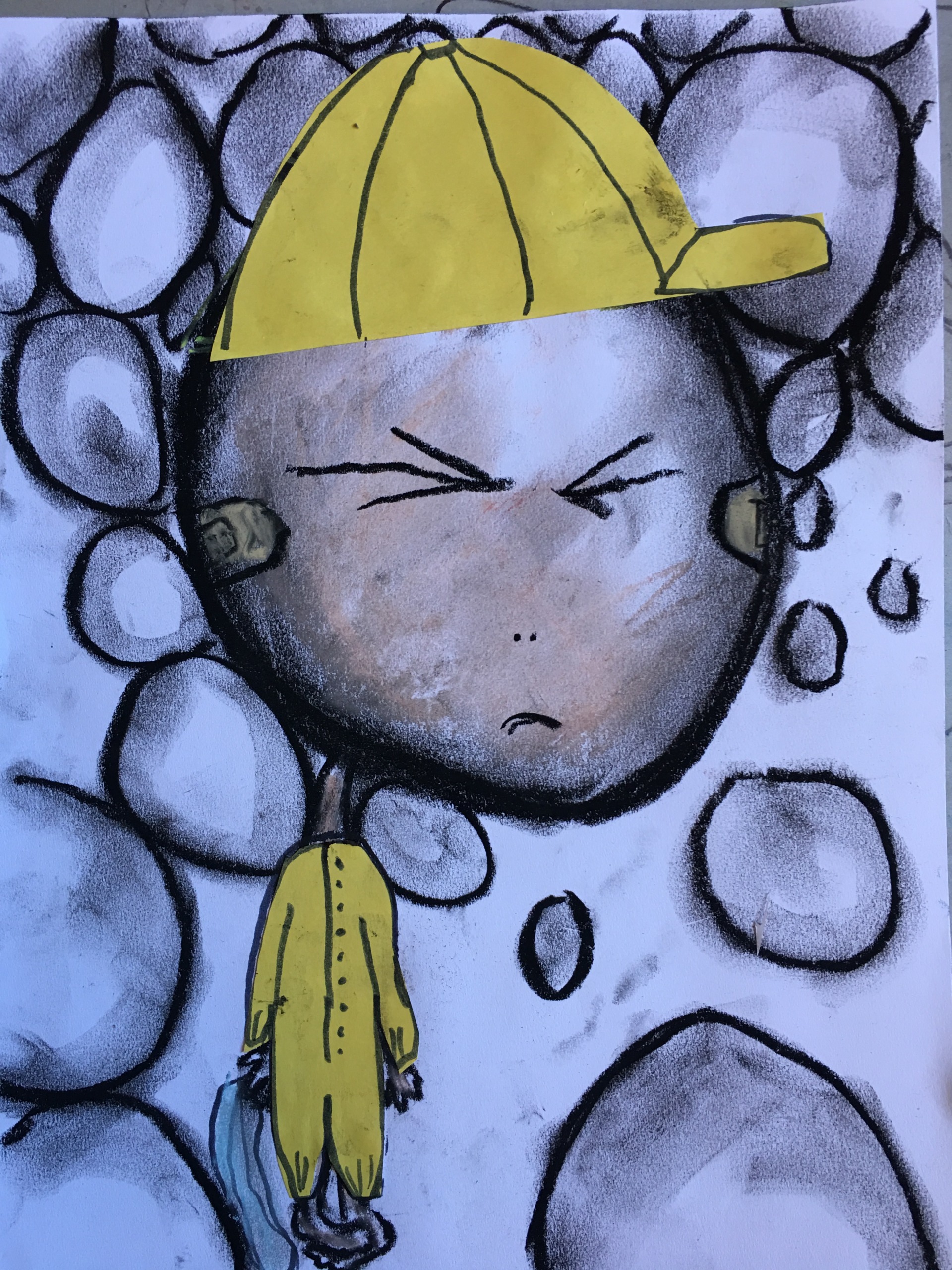
Child Therapy
Find a Child TherapistOur licensed creative arts therapists and play therapists speak your child’s language of play and creativity to address behavioral and emotional concerns.
Creative arts therapy can help children and families cope with a variety of emotional and behavioral issues. Our skilled therapists engage young clients through art, movement, drama, and play — tapping into your child’s natural way of communicating and expressing feelings.
Children identify and build on existing strengths while learning new skills to deal with current stressors, significant life events, or long-standing social difficulties.
Reasons to consider therapy for your child:
- Difficulty adjusting to life events, such as divorce, death of a loved one or pet, or major illness.
- Anxiety and difficulty tolerating or regulating emotions
- Family conflict
- A change in behavior, mood, sleep, appetite, or academic functioning.
- Increase in risk-taking or self-destructive behaviors.
- Low self-esteem or negative view of self.
- School stress, test anxiety, bullying, or peer pressure.
- Problems maintaining friendships or interacting socially with peers.
- Problems managing screen time and social media.
- Witnessing or experiencing a traumatic event, including abuse, car accident, or urban violence
Is your family struggling with your child’s “big feelings” that are hard to manage or oppositional and disruptive behavior?
Learn more about our Parent-Child Therapy, Family Therapy, and Therapeutic Parent Support services.

Preparing Your Child for Therapy
Communicating with Your Child
Parents often ask what they should tell their child before the first session. Our recommendation is simple: tell your child the truth, using language they can understand. Children utilize sessions best when they know exactly why they are there. Avoid framing it as an art class or play group, as this can confuse them about the purpose of the sessions.
Here’s a simple script that works for most children:
“We have noticed that you have been having a hard time with ___________ . Fill in the blank: mom and dad splitting up; getting along with your friends; focusing at school; keeping your cool when you get upset. We are going to see a person called a therapist who will help us make that better. You will meet with the therapist once a week. They know how to use art, playing, and talking to help you understand what is making you upset, and what to do when you feel that way. The therapist is going to meet with us too, to teach us how to help you better and be there for you. Anything you want to talk about or work on in session is ok. You can work on the things that bother you, but you can also spend time on the things that make you feel good!”
Intake and Progress of Therapy for Children
Initial Intake Appointment
The first intake appointment is for parents to meet with a therapist without the child. We will gather background information about the issues the child and family are facing, the severity of these issues, and their duration.
If you are seeking help with managing your child’s behavior, we work collaboratively with parents. We encourage regular parent support sessions with your child’s therapist or with one of our parenting experts.
Therapy Sessions
Child Sessions: We recommend weekly sessions for your child to maintain consistency and develop a relationship with their therapist.
Parent Sessions: A minimum of one session per month with the parent is recommended. The duration of therapy depends on the individual issues being addressed.
Respecting Your Child’s Privacy
We recommend allowing your child to decide how much they want to share about their sessions. You are welcome to ask gently, but do not press them if they do not wish to discuss it. Your child will open up when they feel ready. Older children, in particular, may value the privacy therapy affords them.
Regular Parent Meetings
We schedule regular meetings with parents to keep you updated on what is happening in the sessions and your child’s progress. This helps ensure you are informed, even if your child is not ready to communicate about their therapy.
Play therapy and creative arts therapies build on your child’s strengths and interests to help them access difficult feelings in a productive and safe way.

Child Therapy FAQS
How does therapy help young children?
Therapy helps young children with big emotions and/or behavioral problems by giving them the tools they need to pay attention to the signals in their bodies, identify emotions that may trigger behaviors, and develop the ability to manage those signals and emotions in new and improved ways.
Why are creative arts therapies recommended for children?
Play and art are a child’s language for communicating and understanding the world around them. Creative arts therapists are trained interpreters of this language, playing detective to understand what thoughts, feelings and beliefs are behind a child’s upsets and problem behaviors. With this understanding, a child can be offered the interventions and tools that they need to better understand themselves and make themselves understood.
Can CBT be incorporated into creative arts therapy?
Creative therapy can be an excellent delivery method for CBT techniques. Kids can’t always handle worksheets and logic, so art can introduce those concepts in a more playful way, through creative metaphors, or by making the exercises more fun, accessible, and age appropriate. Think of the art as the vehicle, and the CBT as the cargo. You still get the same product, it’s just delivered in a different way.
Do parents need to participate in child therapy?
Most of the issues that children face are not borne in a vacuum. While parents are not always the cause of the problems, they can almost always be part of the solution! Parental participation in child therapy enhances the process by adding valuable insight and information for the therapist that the child is not able to share, and keeping the therapist updated on progress and setbacks at home. In addition, parents can gain useful information and tools and strategies to cope with problems at home through participation in the therapy. By reinforcing the work done in therapy at home, parents can help speed up the process and see faster and more sustained improvements.
How young can a child be to benefit from creative arts therapy and play therapy?
We typically don’t work with children younger than 5. In order to benefit, children need to be able to tolerate some separation from their parent and have basic communication skills to allow them to engage in treatment. That said, if a child faces greater challenges, or is younger, we typically recommend parent-child therapy, where the parent is present in the room and participates in the therapy session as well.
How long does creative arts therapy treatment for a child typically last?
Because children are developing and changing as they grow, improvements can be surprisingly rapid. However, depending on the severity of the issues, and how much the child’s environment is open to change and adapting, the length of treatment can vary greatly. We offer regular check ins with parents to discuss progress, set new goals, and determine how treatment is going and when it is time to wrap it up.
How do I know if my child needs therapy?
Children’s behaviors can be challenging to manage even when everything is going well. But if you are feeling like your family is struggling to understand your child’s behaviors, or if your child’s needs are overriding other family members’ needs, it may be time to seek help. Each family is unique in what they can handle, and each child is unique in how they respond to stressful situations. If your child is acting very different from their peers, is struggling with everyday tasks and responsibilities, or if it seems like their personality or mood has shifted in a negative way, it may be a good idea to consult with a therapist.
Send a Message
Please take a moment to answer a few questions so we can better help you.
"*" indicates required fields